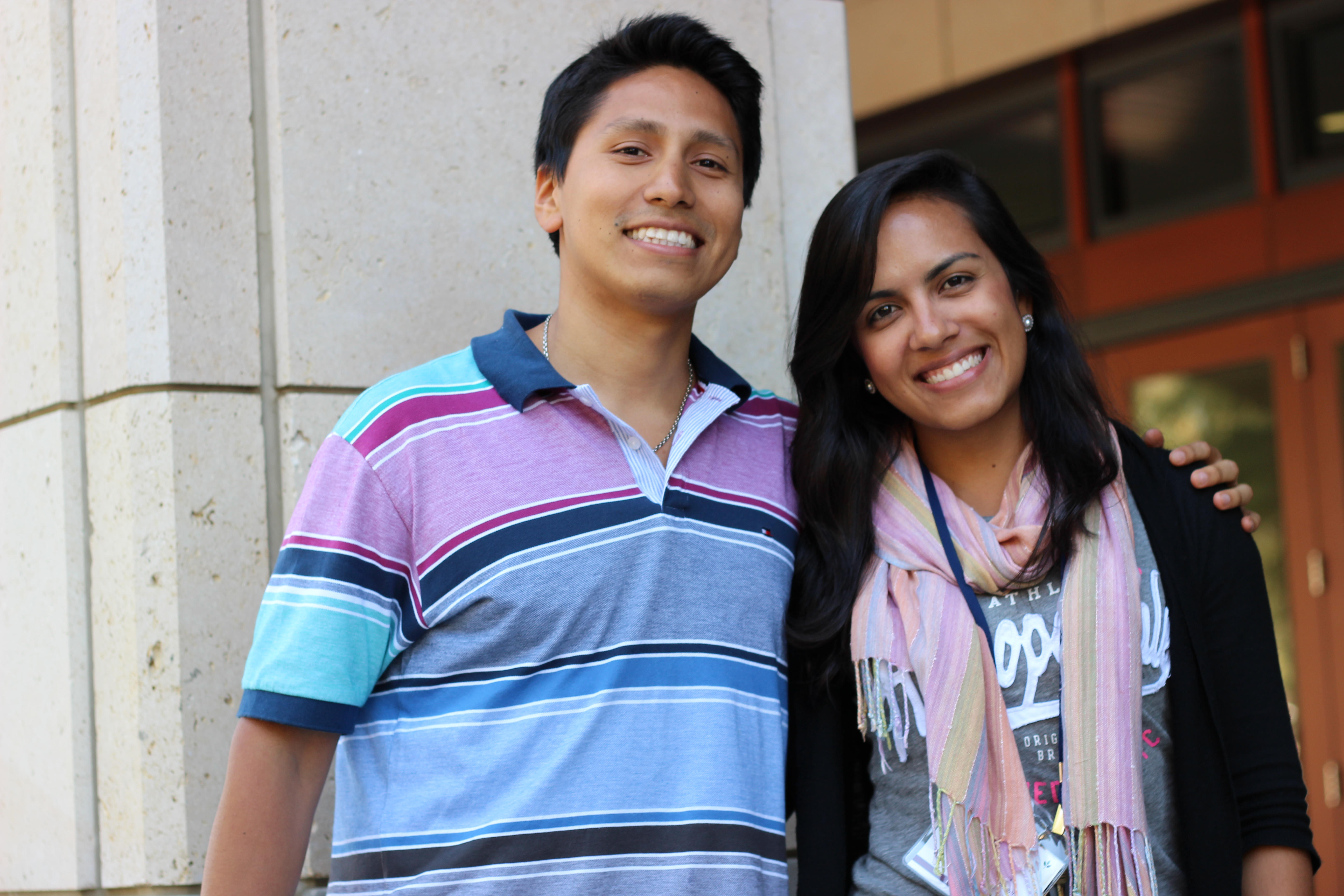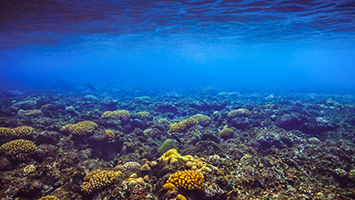News
Workers collecting palm oil fruit
In a world of vast natural ecosystems, endlessly diverse life forms and similarly numerous threats to nature, how can people make smart choices about what to try to conserve? It takes biological expertise, to be sure, but economics is also a necessary compass to guide our efforts.
Conservation Strategy Fund is accepting applications for our International Economic Tools for Conservation Course! Now in it's 17th year, our flagship course will be offered August 10-21, 2015 at Stanford University.
During the two-week training, instructors from CSF, Oregon State University, the University of Brasilia, and Cambridge Resources International led an intensive schedule of lectures, exercises, and games to give participants insight into the economic drivers of environmental problems and the economic and policy tools that can lead to effective solutions. Topics included Microeconomics, Natural Resource Economics, Environmental Policy and Valuation, and Cost-Benefit Analysis. Each participant came away with a clear understanding of how these topics relate to their work in conservation, policy, and analysis.
John Reid, CSF President, and Mariano Castro, Deputy Minister of Environmental Management. Photo courtesy of MINAM; http://www.minam.gob.pe
Lima, Peru -- This morning, CSF President John Reid signed an agreement with Peru's Ministry of Environment (MINAM) to continue work on environmental compensation in Amazonian ecosystems. At least two case studies will be conducted.
Lionfish ready for the pan at Cozumel Fishermen's Coop © John Reid
In 1992 Hurricane Andrew liberated a tankful of lionfish from a Florida aquarium. More may have been dumped in the sea before then and after, but the event stuck in the collective imagination as the start of a biological invasion.
Entre os dias 22 e 25 de julho de 2014 a CSF em conjunto com a GIZ (Agência Alemã de Cooperação Internacional) realizaram em Brasília o Curso de Capacitação TEEB/ISE: Integração de serviços ecossistêmicos ao planejamento para o desenvolvimento. Esta capacitação foi desenvolvida pela GIZ e tem como objetivo desenvolver capacidades sobre a Economia dos Ecossistemas e da Biodiversidade e a integração de serviços ecossistêmicos a processos de planejamento por meio da(o):
• Introdução de conceitos relacionados aos serviços ecossistêmicos e à abordagem da Economia dos Ecossistemas e da Biodiversidade (TEEB);
From left to right: Laura Rodríguez, Eglé Flores, Eduardo Ponce Guevara, Ángela Mojica
and CSF's Cecilia Ayala. © Eduardo Ponce Guevara
It all began with four course graduates from CSF's International Training Course, held annually at Stanford University: Eduardo Ponce Guevara, Eglé Flores, Ángela Mojica and Laura Rodríguez. These alumni, all from Mexico and the surrounding area, dreamed of bringing the Economic Tools for Conservation Course back home to be conducted in Spanish for their colleagues.
Transport specialists and workshop participants, Asuncion, Paraguay
Ecosystems in Latin America and the Caribbean (LAC) sustain hundreds of millions of people, but are threatened by a series of interlocking challenges. Rapid development and population growth have placed increasing pressure on natural resources. Pollution, deforestation, infrastructure, large-scale tourism development, invasive species, and over-fishing all threaten these highly bio-diverse ecosystems, as do the effects of climate change.
As part of CSF's Conservation Economics Initiative, we are developing an innovative online Coastal Conservation Economics course in partnership with Duke University. The 4-month distance-learning course will be launched in January 2015, and will include interactive lectures, video lessons, webinars, virtual office hours, readings, exercises and exams, with an expected time commitment of about 3 hours per week.



